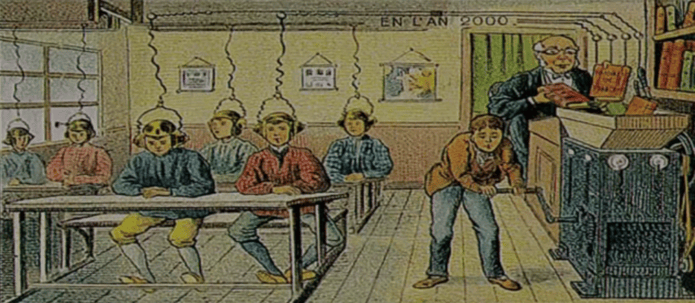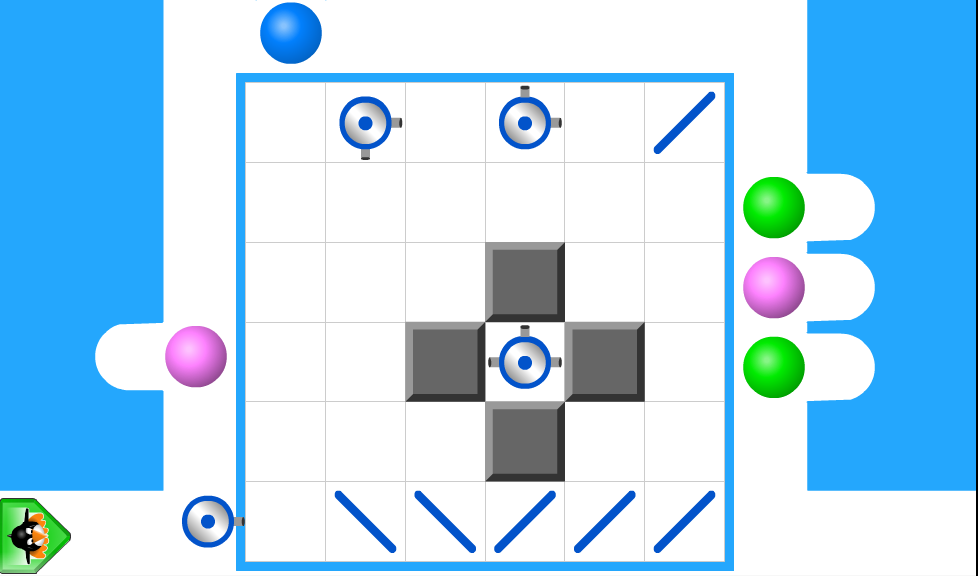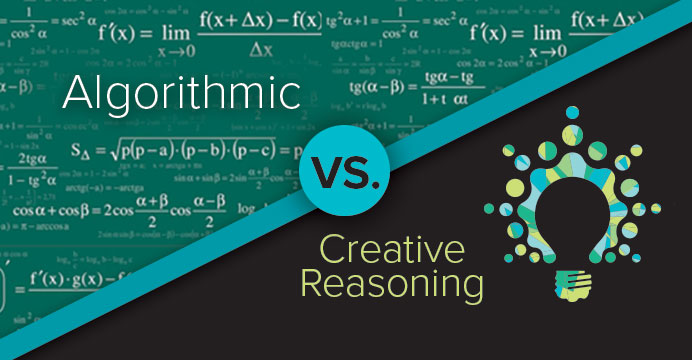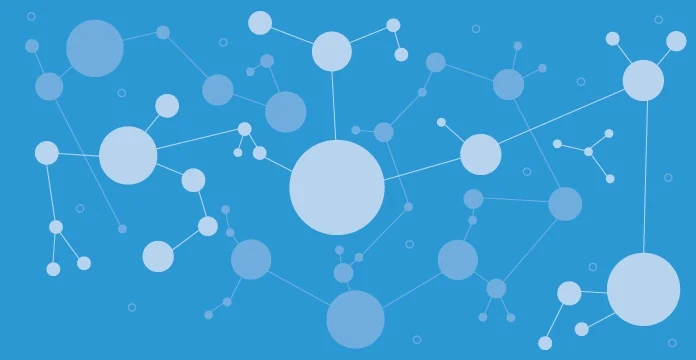Recently, while helping my daughter review for her fourth grade math test I found the majority of the work was purely procedural, and only one question, right at the end, asked her to really think. I am reminded of a common refrain I hear from parents at my kids’ school: “Why don’t they teach math the way I learned it?”
The irony is that despite some shifts away from the traditional “drill and kill” methodology, a significant portion of today’s math education still resembles the past. This begs the question: Why are we so reluctant to let go of outdated teaching methods when they no longer meet our present or future needs?

The Reality in Classrooms
In too many classrooms today, procedural fluency and answer getting is still prized as the goal. As the viral math blog youcubed.org puts it, “We are woefully under-preparing our students to successfully navigate the 21st century. The mathematics we teach is rooted in the 1950s space race and offers little practical utility in the 21st century.”
Students will often ask, “Why do we have to learn this?” This question reflects a real concern: if students are merely required to memorize mathematical procedures, they are very likely missing out on the deeper understanding of concepts. The jobs of today demand much more than the ability to perform rote calculations; they require creative problem solving skills that our current educational strategies fail to develop.
This discrepancy in our educational methods is more than a theoretical concern—it’s reflected starkly in our national performance metrics. In the United States, only 36 percent of 4th-grade students performed at ‘proficient’ or above in math on the 2022 National Association for Educational Progress (NAEP) Assessment. It marked the largest decline in NAEP scores since 1990, and scores were dismally lower for students of color or economically disadvantaged status.
Creative Problem Solving
It is no longer sufficient or useful for today’s students to be simply masters of mechanical mathematics. The world has changed. We need creative thinkers. We have tools and technology that can perform all the mechanical tasks we need. Our math education system has to change in order to produce the problem solvers of tomorrow—unafraid to use their creativity to tackle unknown, incomprehensibly boggling problems, like harnessing the sun’s power, resolving warming atmospheres, or reversing economic pitfalls.
If we want to tackle our most pressing problems and foster tomorrow’s inventors, students need more practice in creative reasoning than memorization-based learning. They need to know how to apply mathematical concepts to new ideas.
Jo Boaler, Stanford professor and honored mathematician, is one of a growing body of voices for “a wholly different pedagogy where speed is out, depth is in.” It’s an approach where “sense-making matters more than memorization and retaining ‘math facts’ matters less than understanding how such facts interconnect.” Students build their own “sense of context, connection, and numeracy.” Calculations become building blocks of a “broader strategy for breaking down other problems.”
Modern research finds students can only make this leap through a deep understanding of the material. When that happens, students can “creatively and flexibly apply their thinking to both familiar and new” ideas (Baroody et al., 2004), invent algorithms (Hiebert, 2003), and translate them to everyday situations (Baroody et al., 2007).
In other words, if we want to tackle our most pressing problems and foster tomorrow’s inventors, students need more practice in creative reasoning than memorization-based learning. They need to know how to apply mathematical concepts to new ideas. In a world that increasingly rewards innovation over imitation, we must work tirelessly to ensure our students are not just robotically memorizing and spitting out math calculations, but mastering the art of creative thinking with it. By building an educational environment that emphasizes understanding and application over rote memorization, we initiate the transformation our schools need, and can prepare them to think outside the box—and perhaps even build a better box.
Follow along in our series as we explore the pivotal role of creative reasoning in transforming math education.



